elec-trace Cable Heating Floor System User manual


















Table of contents
Popular Heating System manuals by other brands
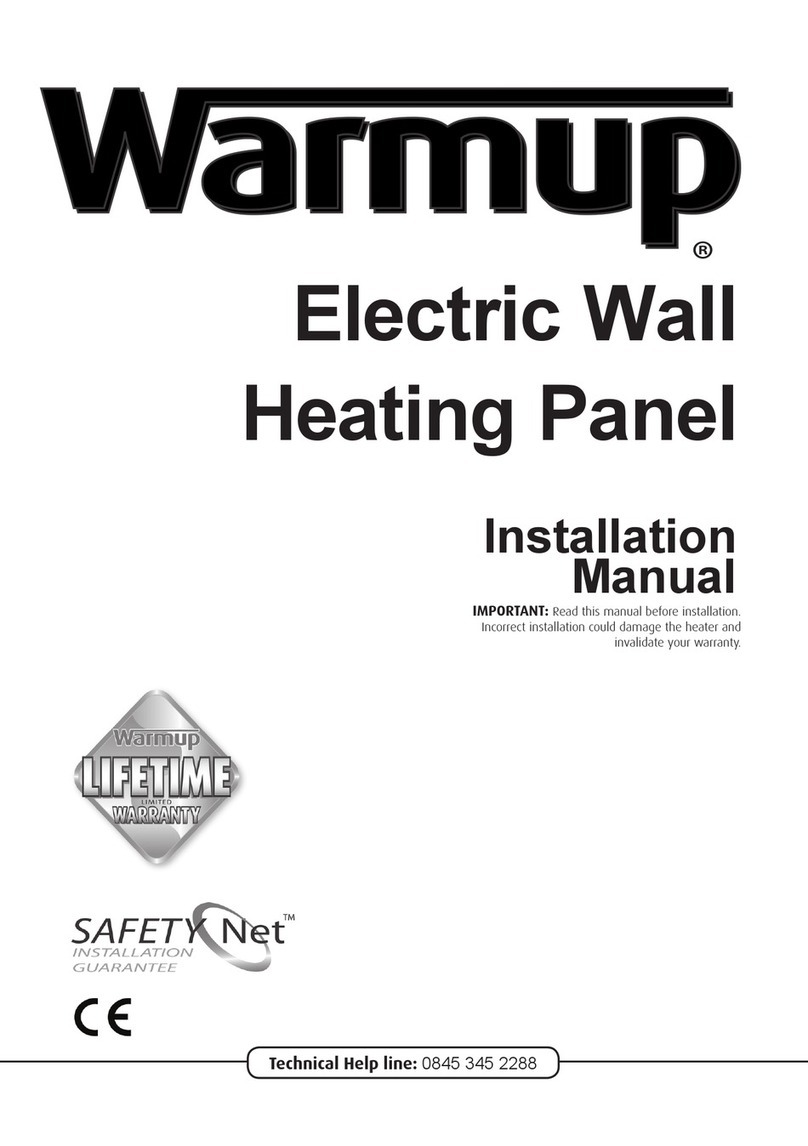
Warmup
Warmup WHP1 installation manual
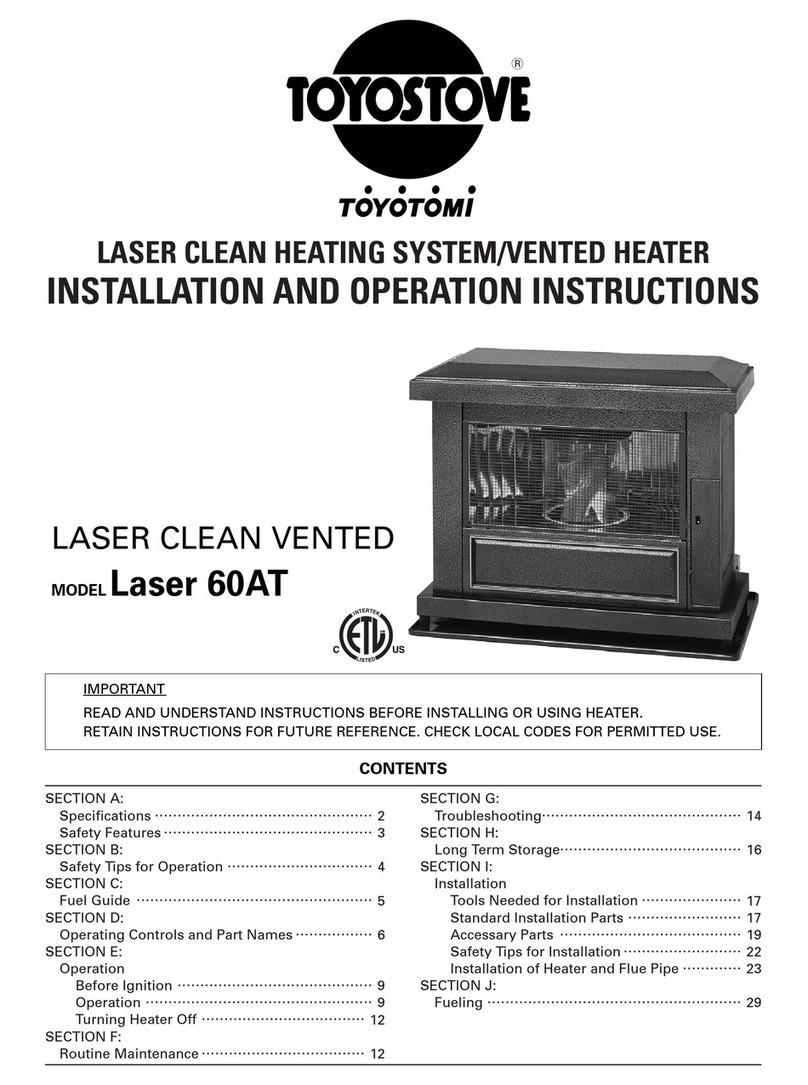
Toyostove
Toyostove Laser 60AT Installation and operation instructions

Roberts Gorden
Roberts Gorden VANTAGE NP CTHN-40 Kit instructions
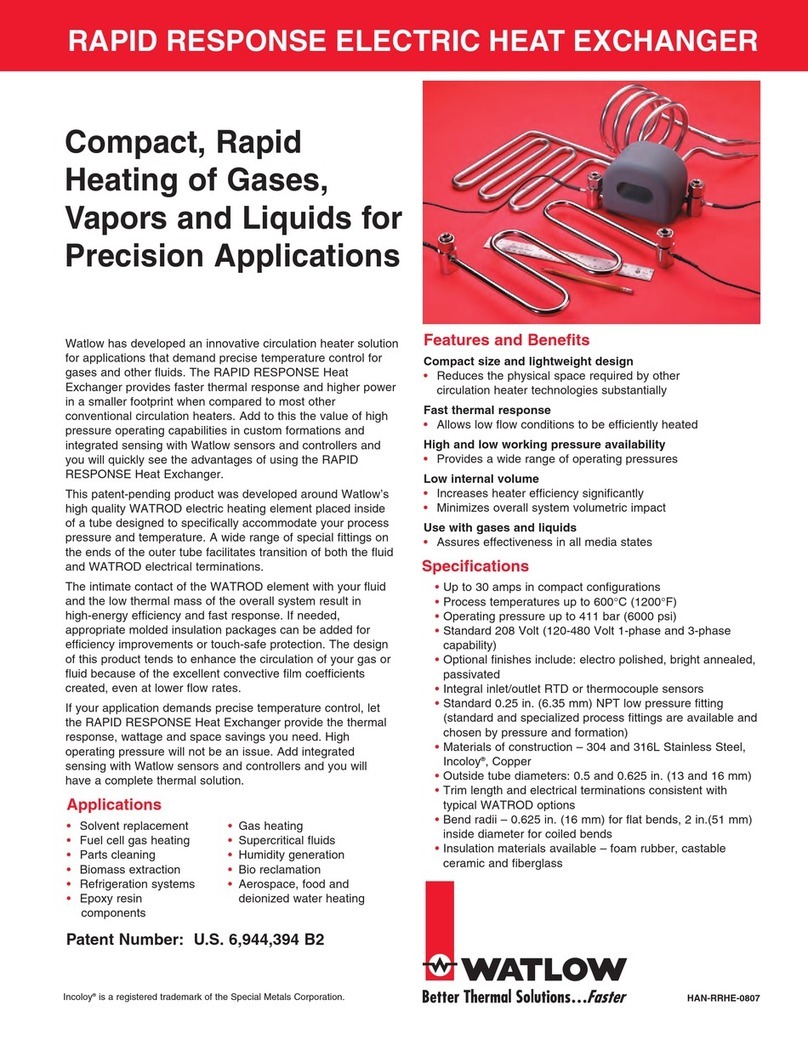
Watlow
Watlow Rapid Response Electric Heat Exchanger Specifications

Olmar
Olmar AURETTA 50's MAXI Installation and use instructions
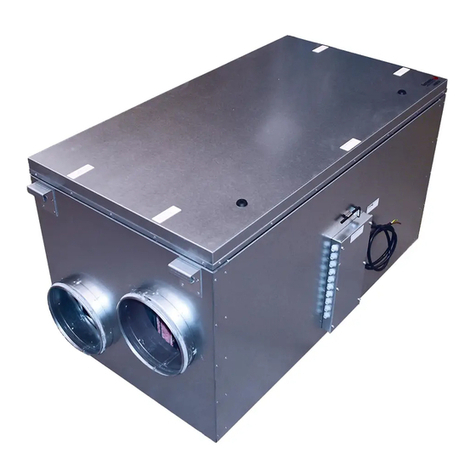
OSTBERG
OSTBERG HERU 62 T Directions for use

Salda
Salda Smarty 4X V User and Service Technical Manual
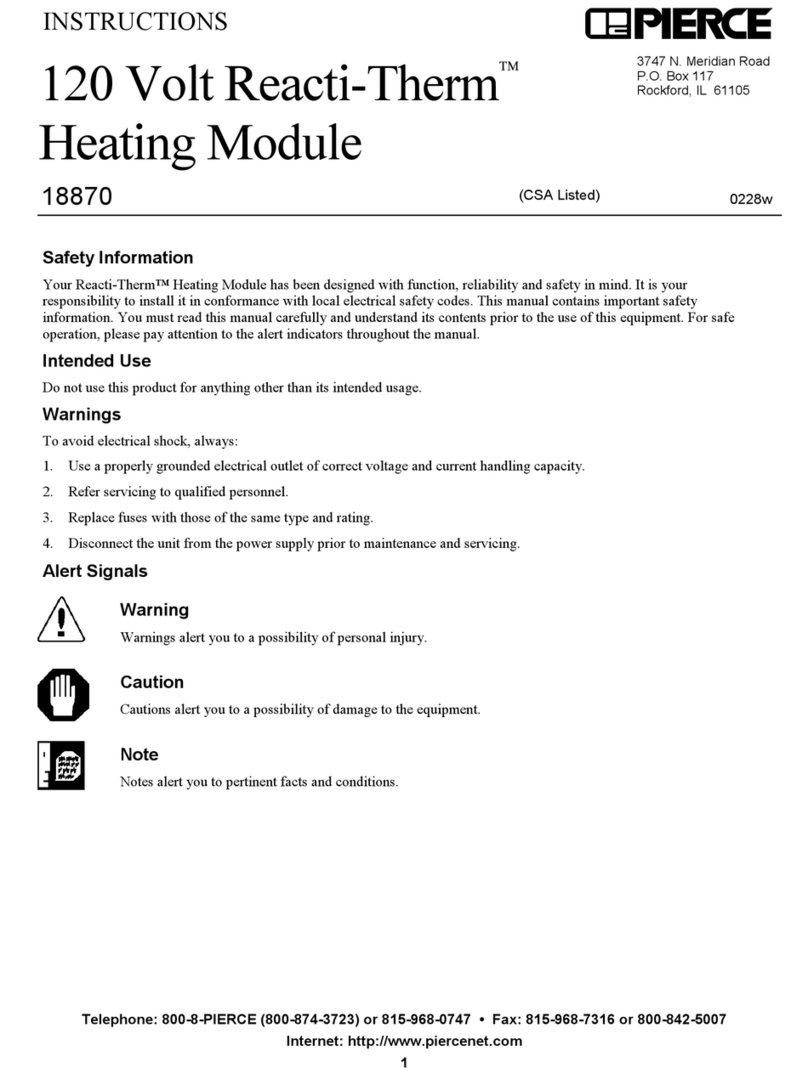
Pierce
Pierce Reacti-Therm 18870 instructions

AIR-TRANSFER
AIR-TRANSFER Micra 100 WI-FI user manual

Siku
Siku Infraplate pro Classic SLIM instruction manual
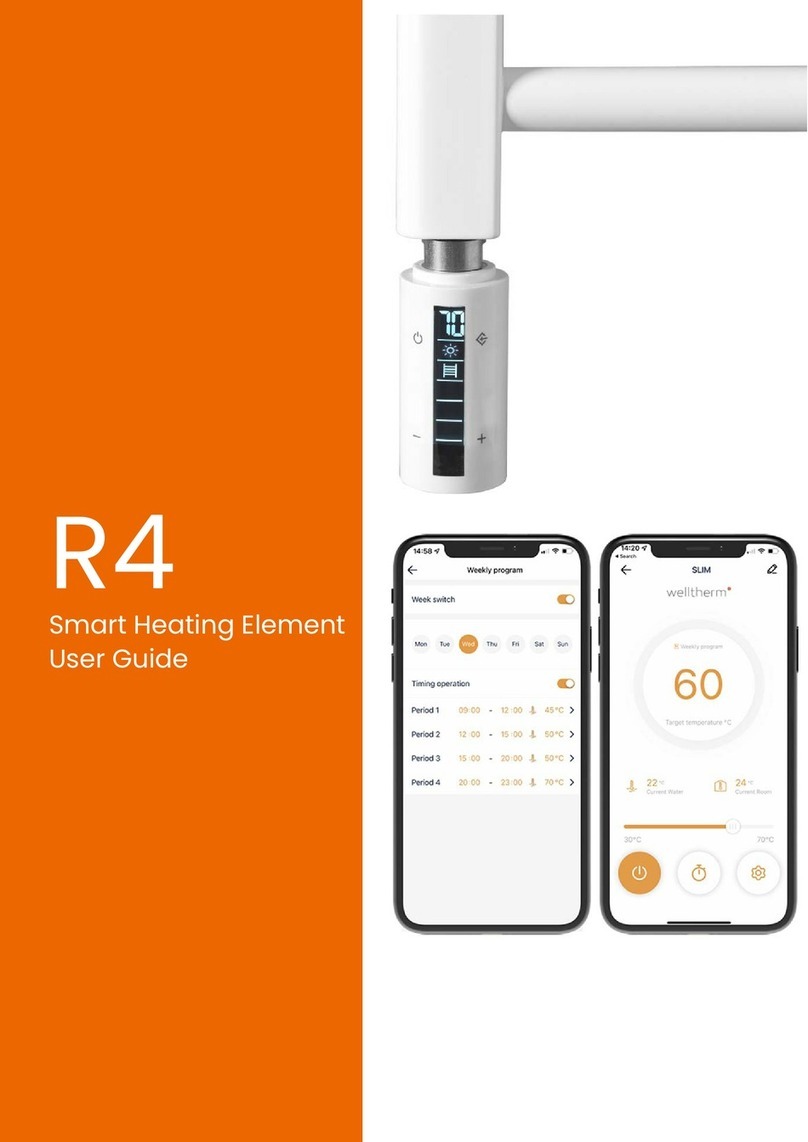
Solaire
Solaire R4 user guide

Alfalaval
Alfalaval Mini ECO Installation, service and operating instruction

Heat & Glo
Heat & Glo PRIMO Series installation instructions

System air
System air Villavent VR-250 EH/B/3 User and maintenance instructions
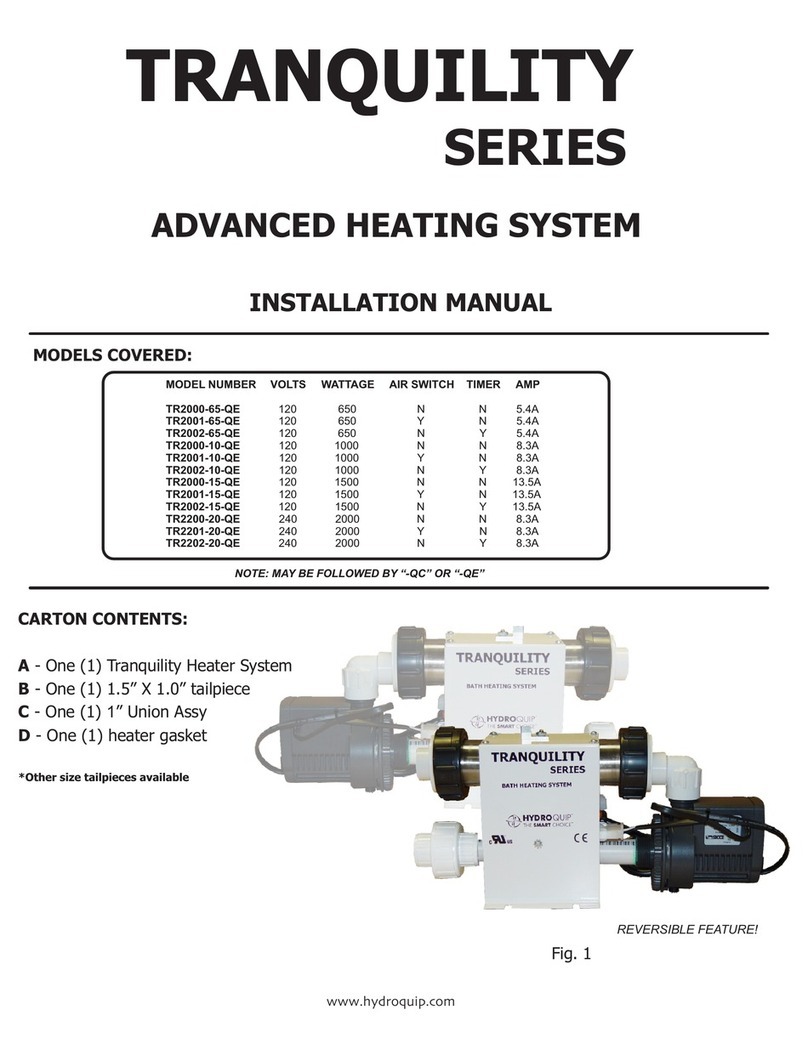
HydroQuip
HydroQuip TRANQUILITY Series installation manual
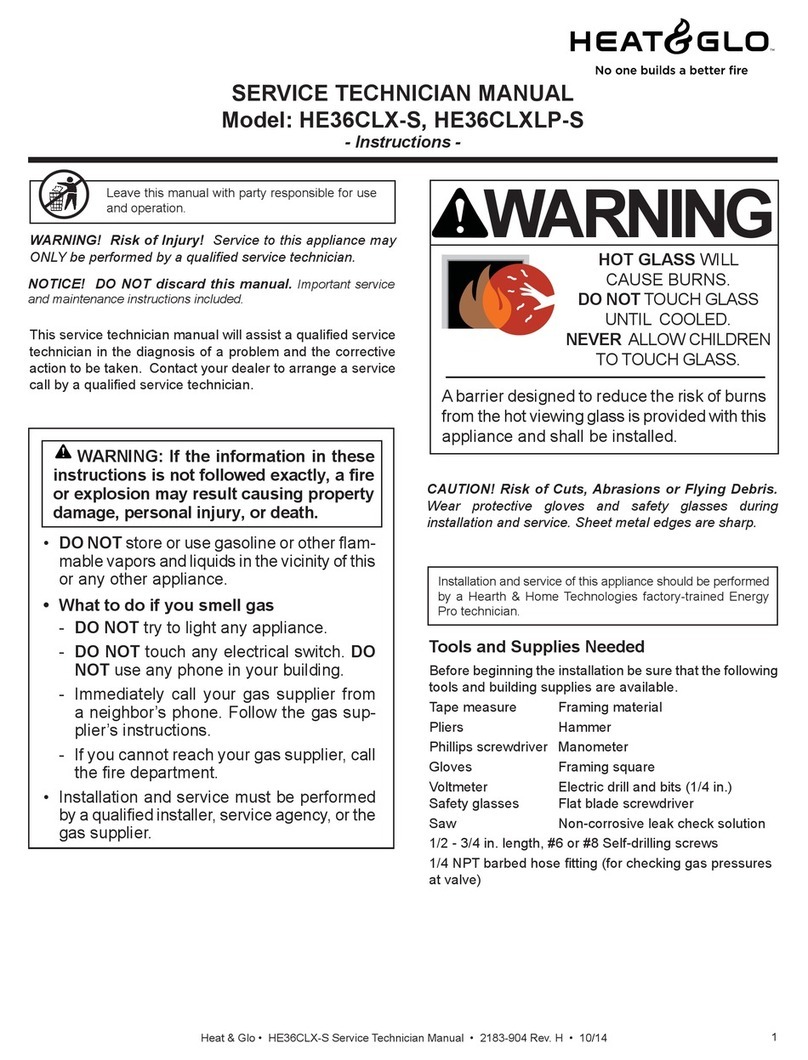
Heat & Glo
Heat & Glo HE36CLX-S Service – technical manual

ComfortHeat
ComfortHeat ETN Series Operation manual
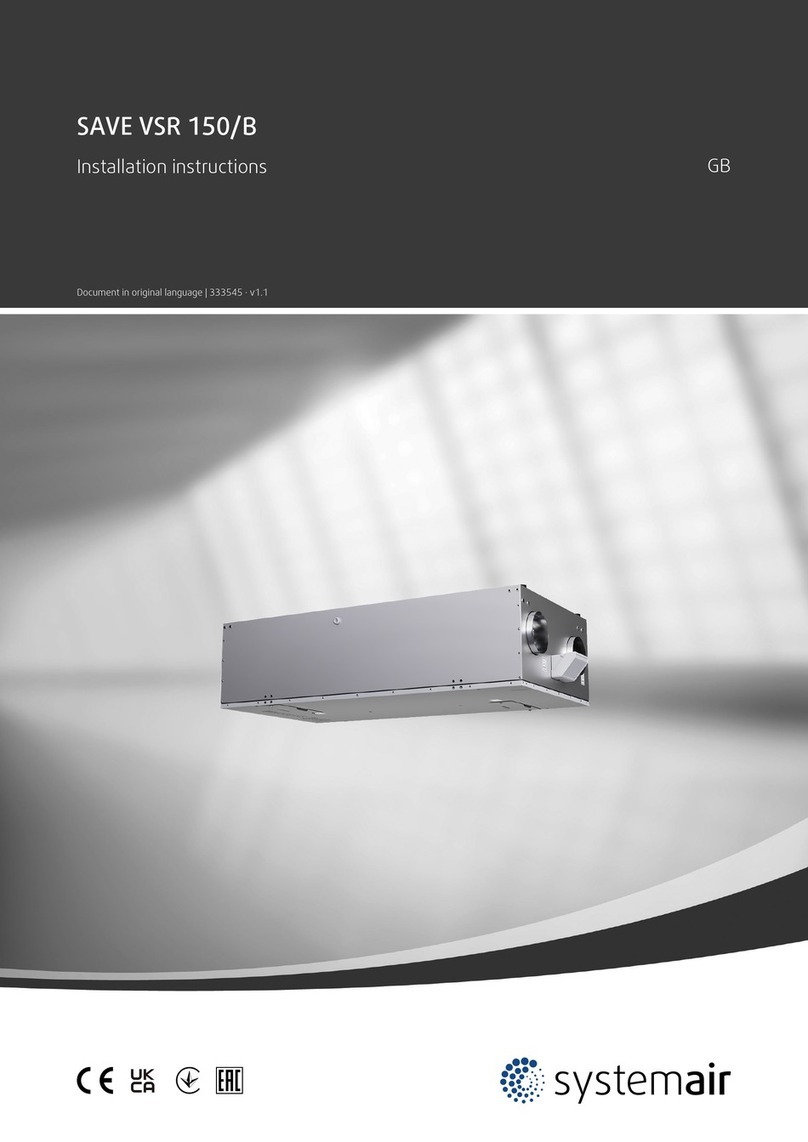
System air
System air SAVE VSR 150/B installation instructions